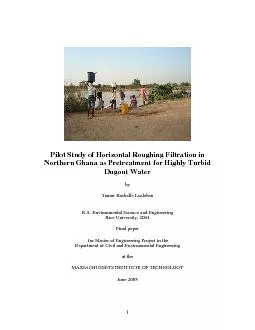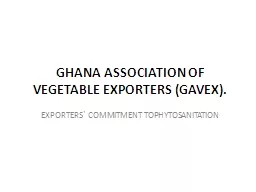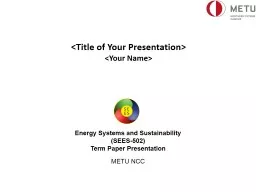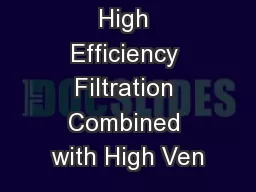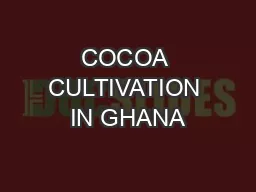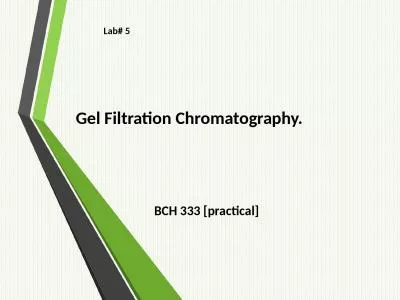PDF-Pilot Study of Horizontal Roughing Filtration in Northern Ghana as Pre
Author : olivia-moreira | Published Date : 2015-10-14
1 Pilot Study of Horizontal Roughing Filtration in Northern Ghana as Pretreatment for Highly Turbid Dugout Water Tamar Rachelle LoslebenAbstract In Northern Region
Presentation Embed Code
Download Presentation
Download Presentation The PPT/PDF document "Pilot Study of Horizontal Roughing Filtr..." is the property of its rightful owner. Permission is granted to download and print the materials on this website for personal, non-commercial use only, and to display it on your personal computer provided you do not modify the materials and that you retain all copyright notices contained in the materials. By downloading content from our website, you accept the terms of this agreement.
Pilot Study of Horizontal Roughing Filtration in Northern Ghana as Pre: Transcript
Download Rules Of Document
"Pilot Study of Horizontal Roughing Filtration in Northern Ghana as Pre"The content belongs to its owner. You may download and print it for personal use, without modification, and keep all copyright notices. By downloading, you agree to these terms.
Related Documents

